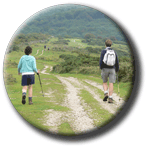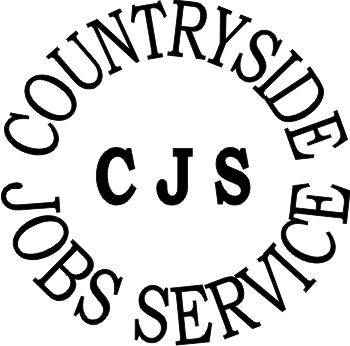Naturenet: Categories of Rights of Way shown on the Definitive Map
Categories of Rights of Way
shown on the Definitive Map
 Public rights of way are shown on definitive
maps
Public rights of way are shown on definitive
maps in four categories:
in four categories:
1. If a way is shown as a footpath, then that is conclusive evidence that
the public had a right of way on foot at the relevant
date ;
;
2. If a way is shown as a bridleway, then that is conclusive evidence that
the public had a right of way on foot, on horseback and leading a horse at
the relevant
date ;
;
3. If a way is shown as a road used as a public path (RUPP), then that is conclusive
evidence that the public had a right of way on foot, on horseback and leading
a horse at the relevant
date ;
;
4. If a way is shown as a byway open to all traffic, then that is conclusive
evidence that the public had a right of way on foot, on horseback and in or
on vehicles, including motor vehicles and pedal cycles, at the relevant
date .
Before a way can be shown as a byway, its use by the public must be shown to
be mainly on foot or on horseback - the definitive
map
.
Before a way can be shown as a byway, its use by the public must be shown to
be mainly on foot or on horseback - the definitive
map is not intended to be
a map of all of the roads you can drive along.
is not intended to be
a map of all of the roads you can drive along.
By virtue of section 30 of the Countryside Act 1968, riders of pedal cycles
also have a right to use ways shown as bridleways and roads used as public
paths.
The public may have rights additional to those shown on definitive
maps but
as yet unrecorded. This applies particularly in the case of ways shown as roads
used as public paths, which are, in consequence, being reclassified to clarify
the rights that the public have.
but
as yet unrecorded. This applies particularly in the case of ways shown as roads
used as public paths, which are, in consequence, being reclassified to clarify
the rights that the public have.

 Public rights of way are shown on
Public rights of way are shown on